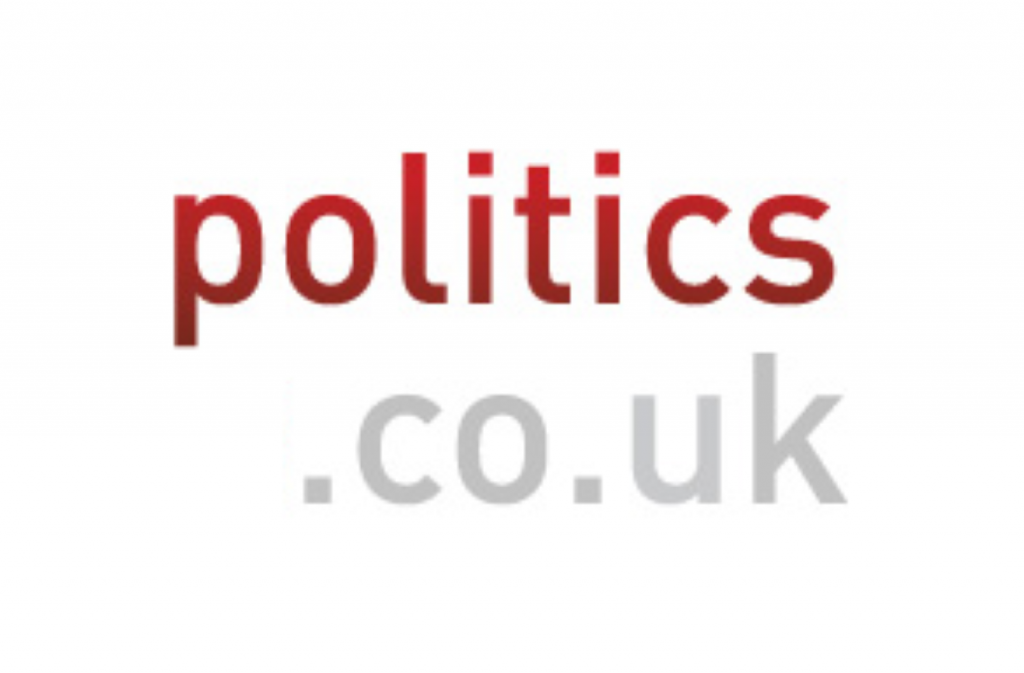London G20 protests: On the frontline
By Sarah Garrod
Arriving at the Excel yesterday morning, my first thought was ‘what was all the fuss about?’
Although you could get quite close to the Excel itself, there were certainly more journalists and photographers than there were protestors, and those protestors who had made the effort were the peaceful, intelligent types, who were busy carving a block of ice into a melting iceberg and working out carbon emission equations.
Large numbers of police were being driven in, and you couldn’t help but feel sorry for the residents’ in the area, whose homes were being blocked and gated in. My first experience of any ‘trouble’ was when I tried to leave the area, and was politely told by a police officer a blockade had been made around the Excel. “Can I not just jump over the fence?”, I asked. “Certainly not” came the firm reply, and I was promptly sent on a wild goose chase to get back to the DLR.


Heading into London the mood felt considerably more lively. Walking down Davies Street you could hear the chants of those anti-war protestors who had gathered outside the American Embassy. On this bright sunny day a few thousand protestors had gathered, in a completely peaceful demonstration. Amidst the protestors, I was able to set up my laptop to send photos back to newsdesk, a testament to just how calm the anti-war protest was.
Yes, there was shouting. And yes, there was jeering. But what there wasn’t, was any police. The line of police who were in charge of the protest were behind metal barriers in front of the embassy. They were not in riot gear, and they were not able to make physical contact with the protestors.
After an hour or so of chanting and singing, the crowd moved through London towards Trafalgar Square. Among the marchers were very young children, as well as a considerable number of elderly protestors. I overheard one of them say “It’s just like the 60’s again,” as a huge grin spread across their face.
Along the streets, people came out of their homes and businesses to watch, and you could walk a full ten minutes before seeing a police officer.
Unfortunately, the scene was very different in the City. As I tried to get into the ‘lockdown’ I was told no one was being allowed in, not even journalists. So I walked to the next street, and strolled right in to No Man’s Land.
Outside HSBC the mood was tense. There were none of the placards I had seen at the Embassy and police were swarming the area. As I walked to the front I could see a line of police in full riot gear, with batons, and the odd brave photographer in a hard hat. The mood became tense and the crowd of protestors tried to move forward. They were beaten back by the police.
I overheard someone asking why they needed the batons, and I have to say I was wondering the same myself. Standing at the side I saw at least six people trying to escape with blood pouring from their heads, and was shocked to see a young girl being carried out completely unconscious, her head covered in blood. I watched as she was carried to a police van, where her friend was offered bandages to stop the bleeding.
At the same time I saw a teenage lad jump off a low wall. He landed badly and his ankle buckled. The pain on his face was enough to diagnose the fact his ankle was clearly broken. Five hours later, still in ‘lockdown’, I saw him and a friend plead with police officers to let him see a medic. He was told to sit down and elevate his leg.
‘Lockdown’ was not much fun. Having arrived at Bank at around 3pm, I couldn’t leave until 9pm. I asked a legal observer if he knew why they wouldn’t let anyone out, not even journalists. He said, “They want to figure out the main perpetrators from their video so they can make arrests before we can leave.” Fine I thought, sensible idea, but why did it take another five hours to do it. By the time they’d finished, some of the peaceful protestors had turned nasty from being trapped.
The police, like the protestors, seemed to be a ‘mixed bag’. One told me I couldn’t leave before I’d even finished asking the question, while another was very sympathetic, and I couldn’t help but feel sorry for him when he said they would all be back on duty at 4am. Whatever your opinion of the police or the heavy handedness of their approach yesterday, a certain level of ‘control’ was need. It wasn’t for the majority of the protestors, but the few thugs who had gone along with no cause but to throw bottles and lit placards into the crowd.
As the night wore on, small fires were lit and effigies burnt, whether as a final protest or to keep warm in the dark I wasn’t quite sure. As the boredom set in, as well as the thirst and hunger, the tension grew, and by 8pm people were getting really riled. The police at one blockade seemed to give up, and started to let everyone out en masse; rather than being escorted one by one and being forced to leave name and address as they were at the other blockade.
As a final farewell to lockdown, six police surrounded the photographer next to me. “You’re under arrest sir”, one said, as they carted him off through the police line. After 12 hours of G20 protests, I knew what all the fuss was about.









